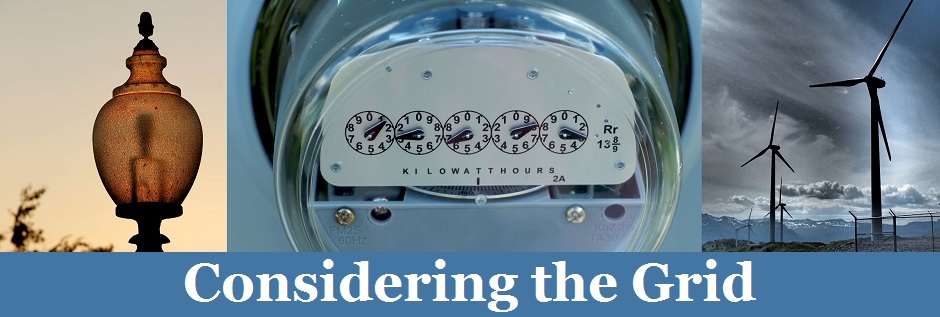Last week, the North Carolina Clean Energy Technology Center (NCCETC) released its third quarter 50 States of Grid Modernization report (Q3 Grid Modernization Report). Following on NCCETC’s first and second quarter reports, the Q3 Grid Modernization Report notes that during the third quarter of 2017, 33 states plus D.C. engaged in at least one policy or deployment action related to grid modernization, utility business model and rate reform, energy storage, microgrids, and demand response. The States of New York and California and the Commonwealth of Massachusetts were the most active of the group.
The Q3 Grid Modernization Report, among other things summarizes:
- state studies and investigations into energy storage, grid modernization, demand response and/or rate reform in which some action occurred during the third quarter of 2017 (19 states and D.C.);
- proposed changes to utility planning processes, state-level market access regulations, and wholesale market rules (15 states and 4 ISO/RTOs), including certain states’ directive to its utilities to consider non-wire alternatives;
- proposed and implemented reforms of rate designs, regulatory structures, and utility business models (12 states and D.C.), including decoupling mechanisms, time-varying rates, and dedicated tariffs for customers with energy storage systems;
- developments in grid modernization policies (20 states), including energy storage targets and interconnection standards, rules regarding advanced metering infrastructure, and cost recovery mechanisms;
- financial incentives at the state (7 states) and federal level, including incentives for energy storage; and
- deployment of advanced grid technologies (21 states), including projects related to advanced metering infrastructure, smart grid components, microgrids and energy storage.
Relatedly, last month, NCCETC’s released its third quarter 50 States of Solar report (Q3 Solar Report).* The Q3 Solar Report notes that 41 states and the D.C. engaged in at least one action related to distributed solar policy during the third quarter of 2017.
*The Q3 Solar Report’s Executive Summary may be downloaded for free, but there is a charge to access the full report. NCCETC has offered to provide complimentary copies of the full report to “policymakers and regulators (limited to federal and state legislators and staffers, utility commissioners, utility commission staff, state consumer advocate office staff, and state energy office staff) and students (for academic purpose only).” The Executive Summary includes information on whom to contact to obtain a complimentary copy.

